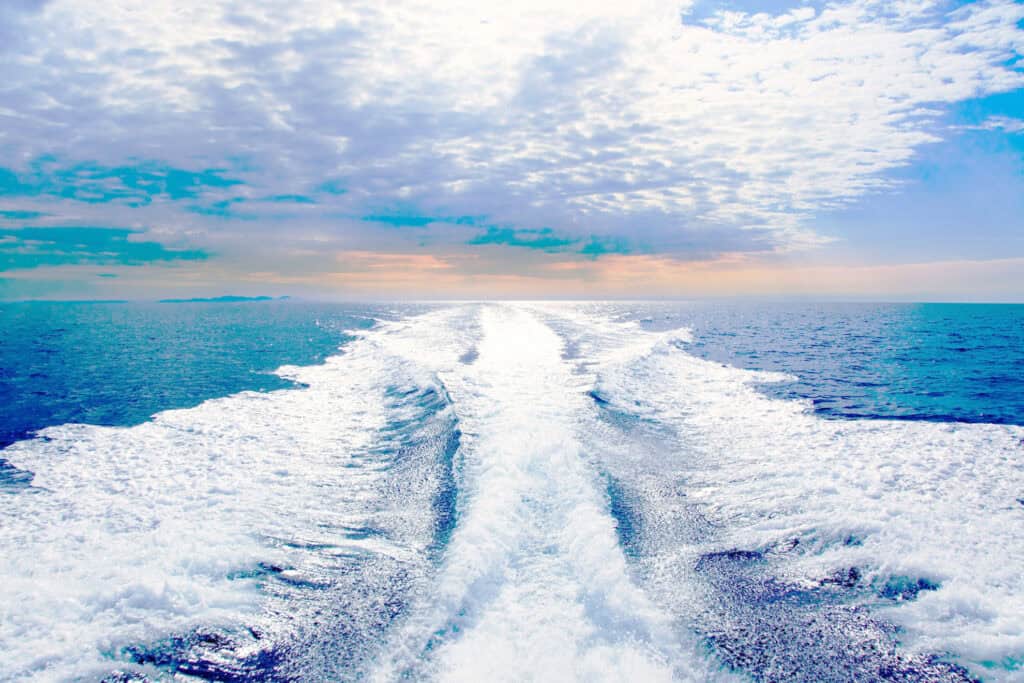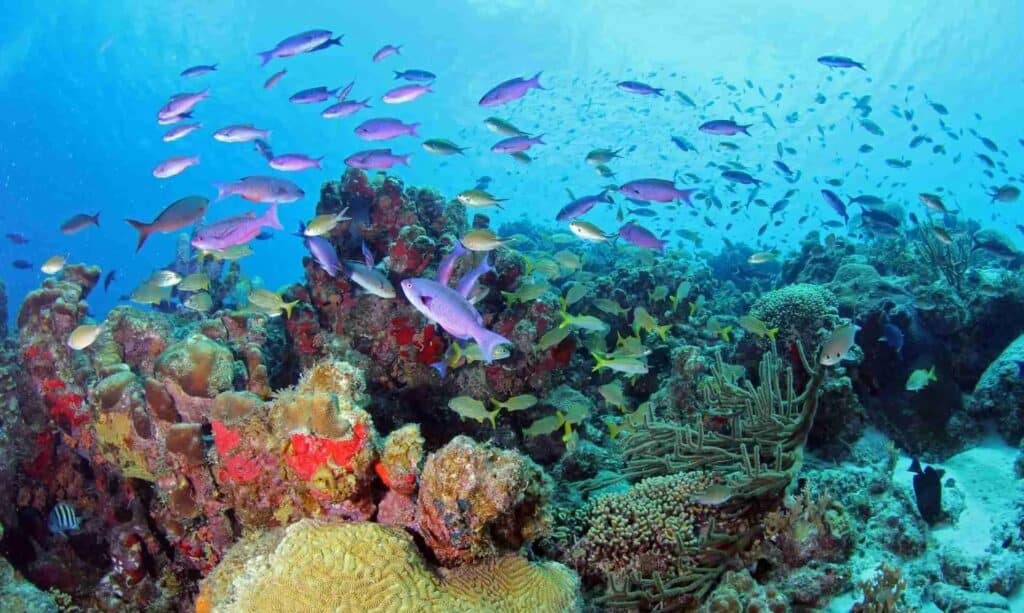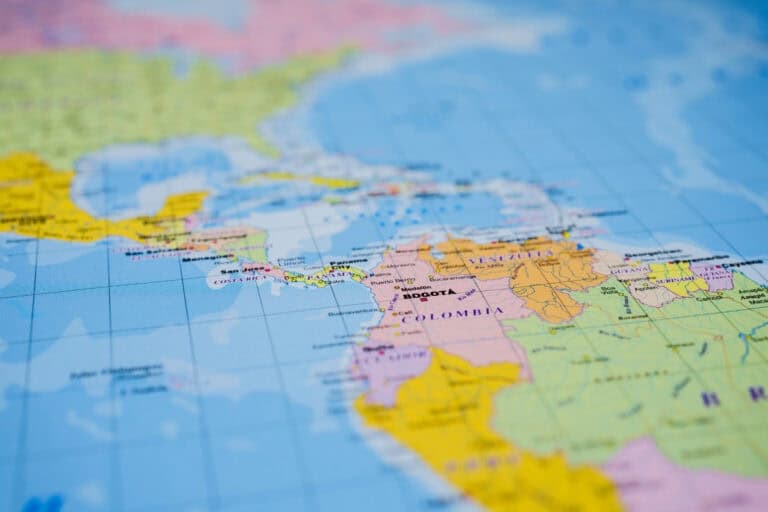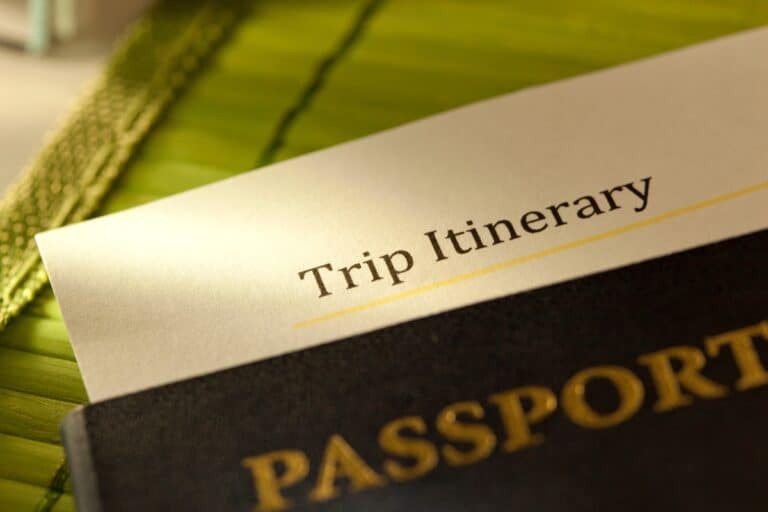
Yellowfin tuna fishing in Curaçao’s crystal waters
Yellowfin tuna fishing in Curaçao’s crystal waters
Ready to battle one of the ocean’s most prized gamefish in the Caribbean? Yellowfin tuna fishing offers you an unforgettable offshore adventure combining skill, endurance, and the thrill of hooking a massive fish that can weigh over 200 pounds.
What makes yellowfin tuna such an exciting catch
This type of fish, scientifically known as Thunnus albacares, is distinguished by its brilliant yellow dorsal fins and anal fin that make identification easy when you spot schools of tuna near the surface. These powerful offshore gamefish inhabit pelagic waters around Curaçao year-round, especially where water temperature ranges between 72-82°F, making the island an ideal destination for sport fishermen seeking trophy catches.
When you book a charter fishing boat in Curaçao, captains use sonar technology and marine electronics to locate schools of tuna, often following flocks of birds feeding on baitfish. You’ll typically head to offshore grounds where these aggressive feeders patrol the upper layers of the water column. The fight requires an ounce of effort learning proper technique with circle hooks and fluorocarbon leaders on your fishing line, but landing a yellowfin per person creates memories that last a lifetime. Most fishing vessel operators provide all necessary fishing gear and expertise to maximize your chances of success in these prime fishing game waters.

Luxury car rentals in Curaçao
Experience transparent pricing and exceptional service with Rent Car Curaçao. Choose from luxury vehicles elevate your Curaçao adventure.
Planning your yellowfin tuna fishing adventure in Curaçao
Essential tackle and equipment for targeting yellowfin
Serious sport fishermen equip themselves with proven gear combinations that can withstand the powerful runs of these pelagic crabs-feeding predators. The Accurate Platinum ATD 50 paired with Calstar rods provides the backbone needed for trophy-sized catches, while the Shimano Trinidad 16 offers a lighter alternative for smaller specimens. Your fishing gear arsenal should include heavy-duty circle hooks in sizes 7/0 to 10/0, which dramatically improve hook-up ratios and survival rates for catch-and-release. Quality fluorocarbon leaders in 80-150 pound test remain nearly invisible underwater, giving you a critical advantage when these wary predators inspect your presentation in clear Caribbean waters.
Effective techniques and bait options
Successful yellowfin tuna techniques vary based on conditions and target depth. Trolling colored diving plugs like the Yo-Zuri Sashimi Bull produces explosive surface strikes when schools of tuna are actively feeding near the surface, often marked by a flock of birds wheeling overhead. Chunking with fresh bony fishes creates an irresistible scent trail that draws yellowfin from deeper water layers, while live baiting with bonito or skipjack triggers aggressive predatory responses. Many charter fishing captains employ Fish Aggregating Devices located in productive offshore grounds, artificial structures that concentrate baitfish and attract multiple species of tuna and other pelagic predators to a concentrated area.
Reading water conditions and locating fish
Modern marine electronics revolutionize how you locate these fast-moving gamefish in vast expanses of open ocean. Your charter fishing captain monitors water temperature closely, targeting the 76-80°F sweet spot where yellowfin concentrate, while advanced sonar technology reveals schools of tuna suspended at various depths. Watch for flocks of birds feeding on baitfish pushed to the surface by hunting yellowfin below, a visual cue that often leads to heart-pounding action. Experienced captains also note subtle changes in water temp and current edges where cooler nutrient-rich water meets warmer blue water, creating natural highways that channel baitfish and the predators pursuing them.
Regulations and fishing license requirements
Before you drop a line, ensure you carry a valid Recreational Fishing License obtained through local authorities or your charter fishing boat operator, who often includes licensing in package pricing. Curaçao enforces minimum size restrictions to protect juvenile yellowfin populations and ensure sustainable fisheries for future generations. Your charter fishing captain stays current on seasonal closures, bag limits, and protected areas, allowing you to focus on the fight rather than regulatory compliance. Most reputable operators practice responsible catch-and-release techniques for undersized fish, using proper handling methods that maximize survival rates and support long-term population health.
What to expect during your offshore fishing charter
Your typical offshore fishing charter departs early morning when yellowfin feed most aggressively in the upper layers before retreating to deeper cold water as the sun climbs higher. The run to productive grounds takes 45-90 minutes depending on current conditions and recent fish activity reports shared among the local fleet. Once on station, your captain deploys a strategic mix of techniques while you enjoy the thrill of battling these monster fish that test both your physical endurance and fishing skills. Most charters provide all necessary tackle, bait, ice, and filleting services, with catch limits typically allowing one yellowfin per person to ensure sustainable harvest rates while you create unforgettable memories on Caribbean waters.
Yellowfin tuna fishing in Curaçao’s crystal waters - FAQ
What are the best locations around Curaçao for yellowfin tuna fishing?
Pacific Yellowfin Tuna fishing techniques apply globally, though Curaçao’s Caribbean waters host Atlantic populations. The most productive offshore grounds lie 15-30 miles from shore where water temperature remains consistently between 76-80°F year-round. Your charter fishing captain targets areas where current edges meet deeper channels, creating natural feeding zones. Prime spots include the drop-offs north of the island where pelagic waters attract schools of baitfish and the predators following them, offering consistent action for sport fishermen seeking trophy catches.
How does water temperature affect yellowfin tuna behavior in Caribbean waters?
Water temperature directly influences yellowfin feeding patterns and location throughout the season. These bony fishes prefer the 76-80°F range where metabolism peaks and prey concentrations thrive. When surface temperatures exceed 82°F during summer months, mature specimens often retreat to cold water layers 100-200 feet deep during midday heat, rising to the upper layers during dawn and dusk feeding periods. Monitor sea surface temperature charts and satellite SST charts to identify productive temperature breaks where cooler nutrient-rich water meets warmer blue water, creating highways that concentrate both baitfish and hunting yellowfin.
What role do Fish Aggregating Devices play in locating yellowfin tuna?
Fish Aggregating Devices serve as artificial reefs that attract pelagic crabs, larval crabs, small baitfish, and eventually larger predators like yellowfin to concentrated areas in otherwise featureless open ocean. These anchored buoys create vertical structure that provides shade and current breaks, establishing miniature ecosystems in pelagic waters. Experienced captains aboard your fishing vessel know productive FAD locations and use them strategically to maximize catch rates. While some sport fishermen prefer natural hunting grounds, FADs consistently produce multiple species of tuna and other gamefish, making them valuable tools for charter operations targeting reliable action for clients.
Which fishing charters in Curaçao specialize in offshore tuna fishing?
Several reputable operators offer specialized tuna fishing charters departing from Spanish Water marina and Willemstad harbor, equipped with professional-grade marine electronics, quality tackle, and experienced crews. These charter fishing boat services typically include all necessary fishing gear, bait, ice, licensing, and filleting services in their package rates. Top-rated captains maintain relationships with the local fleet, sharing real-time reports on bird packs, temperature breaks, and recent catches to position clients in productive zones. Book morning departures when yellowfin feed most aggressively, and confirm your operator practices sustainable techniques that support healthy populations for future generations of anglers.
What are the key differences between Pacific and Atlantic yellowfin tuna populations?
While Pacific Yellowfin Tuna and Atlantic populations belong to the same species (Thunnus albacares), regional differences exist in average size and migration patterns. Pacific Fishery Management Council and NOAA Fisheries regulations govern U.S. Pacific catches, while Caribbean populations like those near Curaçao fall under different management frameworks. Atlantic yellowfin typically reach maturity at 6-7 years and exhibit different seasonal movements compared to their Pacific cousins found off North Carolina, Florida’s East Coast, and Port Canaveral. Both populations share similar feeding habits on bony fishes, squid, and crustaceans, making proven techniques effective across oceans.
How do professional anglers identify yellowfin tuna schools on the water?
Visual indicators include flocks of birds feeding on baitfish driven to the surface by hunting tuna below, creating what anglers call “bird life” that signals active feeding zones. Watch for dorsal fins breaking the surface when schools chase prey in upper water columns, and look for color changes where blue offshore water meets greener coastal influence. Modern fish finder technology reveals suspended schools at various depths, while observing bird packs circling specific areas provides reliable surface clues. Experienced captains also monitor chlorophyll charts showing plankton concentrations that attract baitfish, creating the food chain foundation that positions yellowfin in predictable patterns throughout Caribbean waters.
What conservation measures protect yellowfin tuna populations for future generations?
NOAA Fisheries and regional authorities enforce minimum size restrictions ensuring juvenile yellowfin reach reproductive maturity before harvest, typically requiring 27-inch fork length minimums. Responsible operators practice proper catch-and-release techniques for undersized specimens, using circle hooks that reduce deep hooking and improve survival rates. The Habitat Impact of various fishing methods varies significantly, with Recreational fishing showing minimal ecosystem disruption compared to commercial Longline fishing operations. Download the Fish Rules mobile app to stay current on size limits, bag restrictions, and seasonal closures that protect spawning populations, ensuring your children and grandchildren enjoy these prime fishing game opportunities.
What makes circle hooks superior for yellowfin tuna fishing?
Circle hooks revolutionized Recreational fishing by dramatically improving hook-up ratios and fish survival rates compared to traditional J-hooks. These specialized hooks are designed to slide toward the corner of the fish’s mouth during the fight, creating secure jaw placements rather than deep gut hooks that damage vital organs. When combined with fluorocarbon leaders that remain nearly invisible in clear Caribbean water, circle hooks give you both ethical advantages and practical benefits. Most jurisdictions now require or strongly recommend circle hooks for tuna fishing, as they support sustainable harvest practices while still delivering the heart-pounding battles that make yellowfin such fair game for serious anglers seeking massive Yellowfin trophies.
How do satellite technology and marine electronics improve yellowfin fishing success?
Advanced marine electronics including high-resolution sonar technology allow captains to visualize schools of tuna suspended at specific depths, eliminating guesswork about productive zones. Satellite SST charts and sea surface temperature charts reveal temperature breaks and current edges where yellowfin concentrate, while chlorophyll charts identify plankton blooms that attract baitfish and their predators. Modern fish finder units display detailed bottom contours, water column conditions, and individual fish targets in real-time. Smart captains balance technology with traditional observations like bird life activity and water temp changes, creating comprehensive strategies that consistently put clients on productive offshore grounds rather than wasting precious fuel gauge hours searching unproductive water.
What should first-time offshore anglers expect during a yellowfin tuna charter?
First-timers should invest an ounce of effort learning basic techniques before departure, though experienced crews provide hands-on instruction throughout the trip. Your charter fishing captain handles navigation to productive offshore grounds, operates marine electronics to locate fish, and coaches you through fighting these monster fish that test physical endurance and mental focus. Most charters allow one Yellowfin per person within legal limits, with crews handling all rigging, baiting, and gaff work during the fight. Departure times typically occur before dawn to maximize prime feeding periods, with trips lasting 6-8 hours including travel time. Bring sunscreen, polarized sunglasses, non-slip shoes, and seasickness medication if you’re prone to motion sensitivity on pelagic waters.
Discover the Wonders
of Klein Curaçao
Experience the untouched beauty of Klein Curaçao, a hidden paradise with stunning beaches and rich marine life. Perfect for snorkeling, diving, or simply relaxing in the sun.
Popular subjects
Luxury car rentals in Curaçao
Experience transparent pricing and exceptional service with Rent Car Curaçao. Choose from luxury vehicles elevate your Curaçao adventure.
Subscribe to our newletter
Discover the Wonders of Klein Curaçao
Experience the untouched beauty of Klein Curaçao, a hidden paradise with stunning beaches and rich marine life. Perfect for snorkeling, diving, or simply relaxing in the sun.






